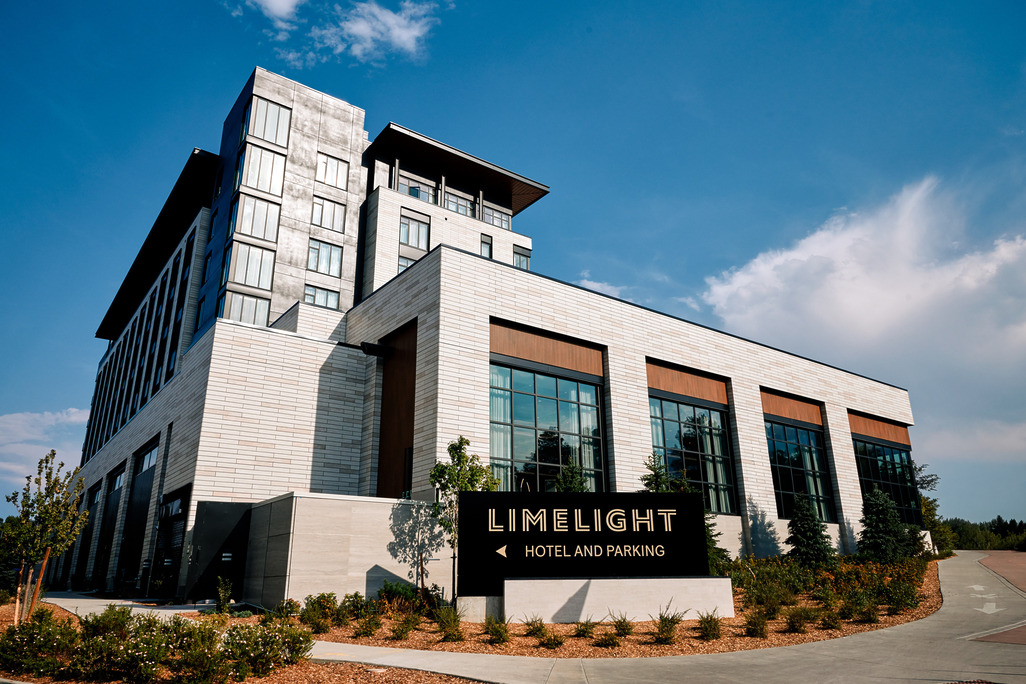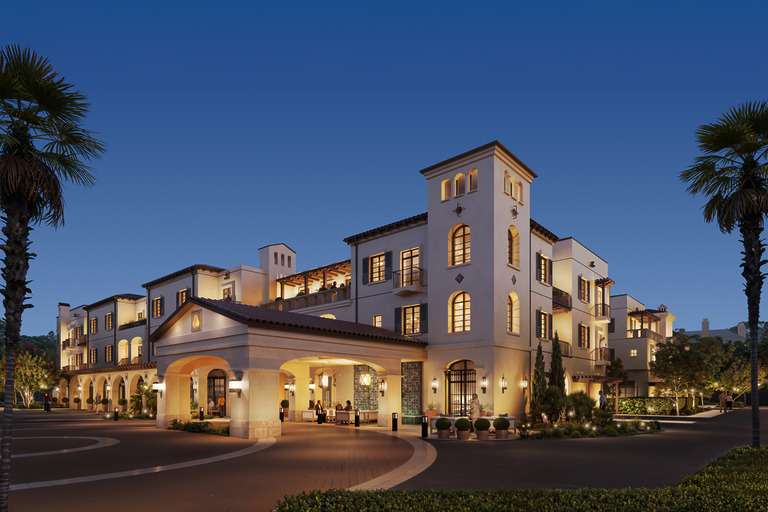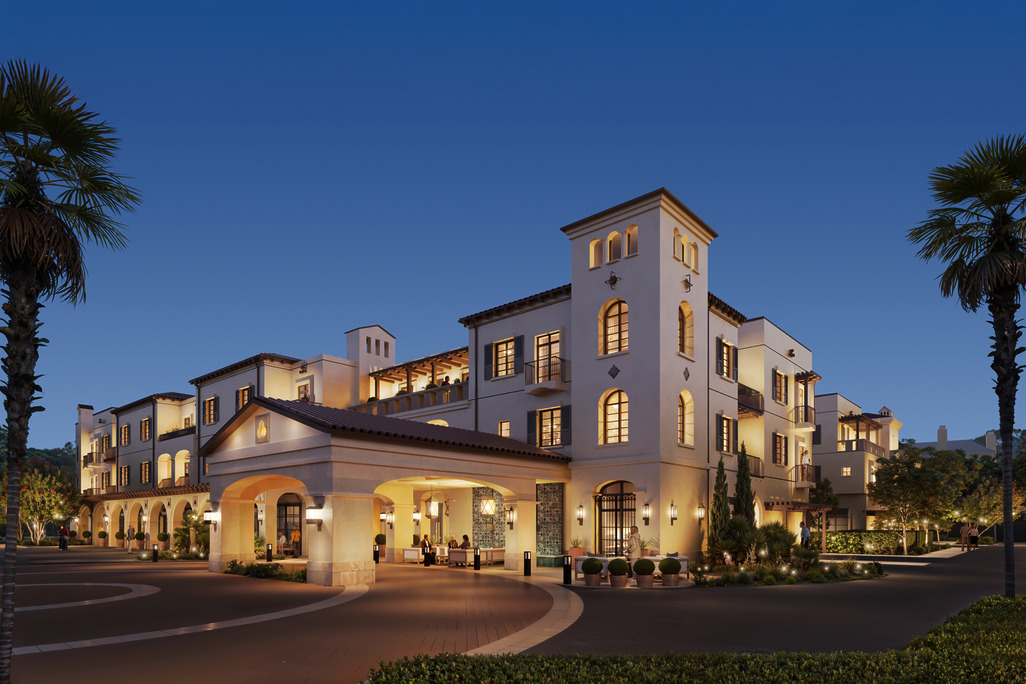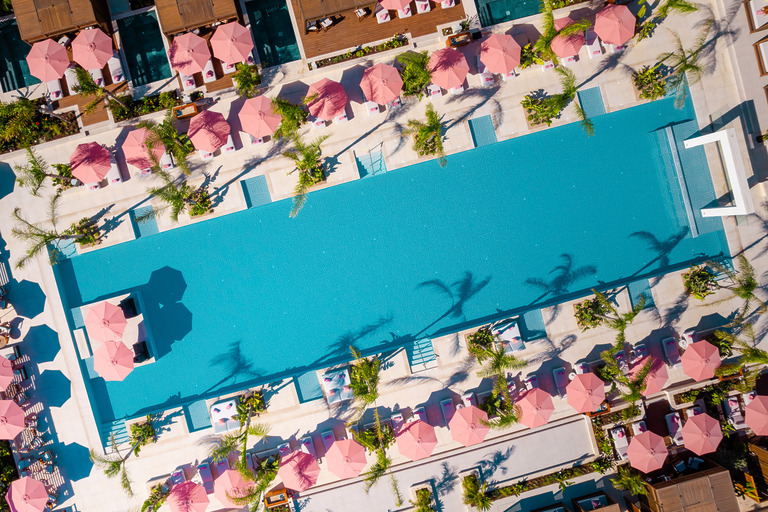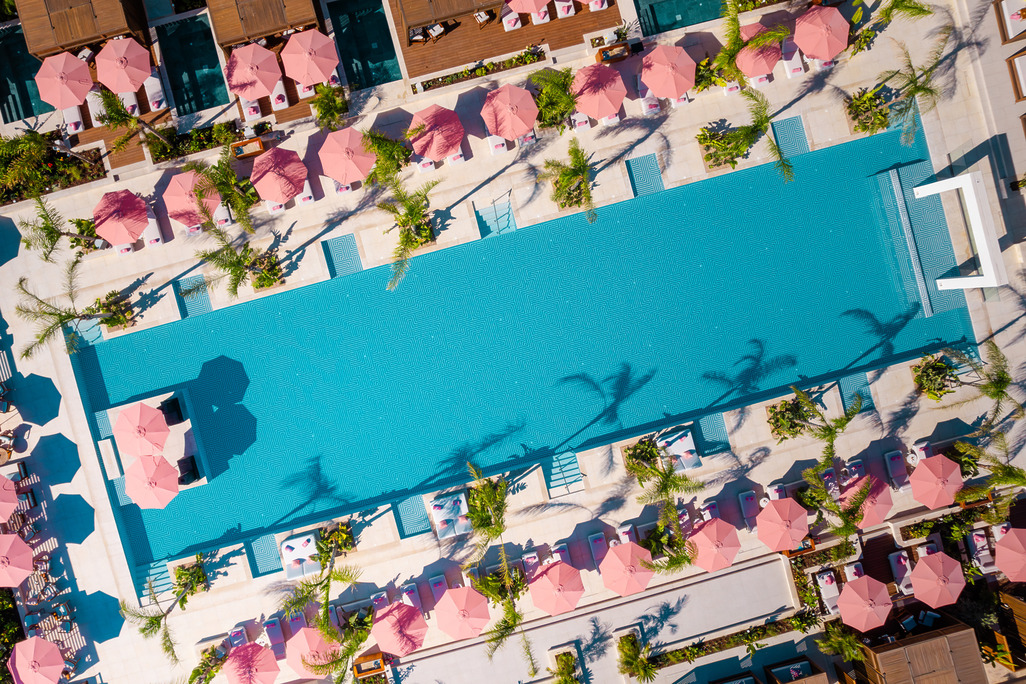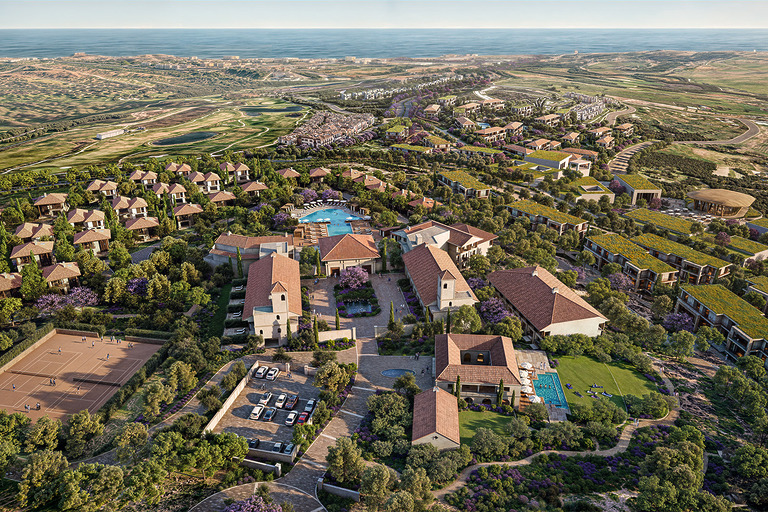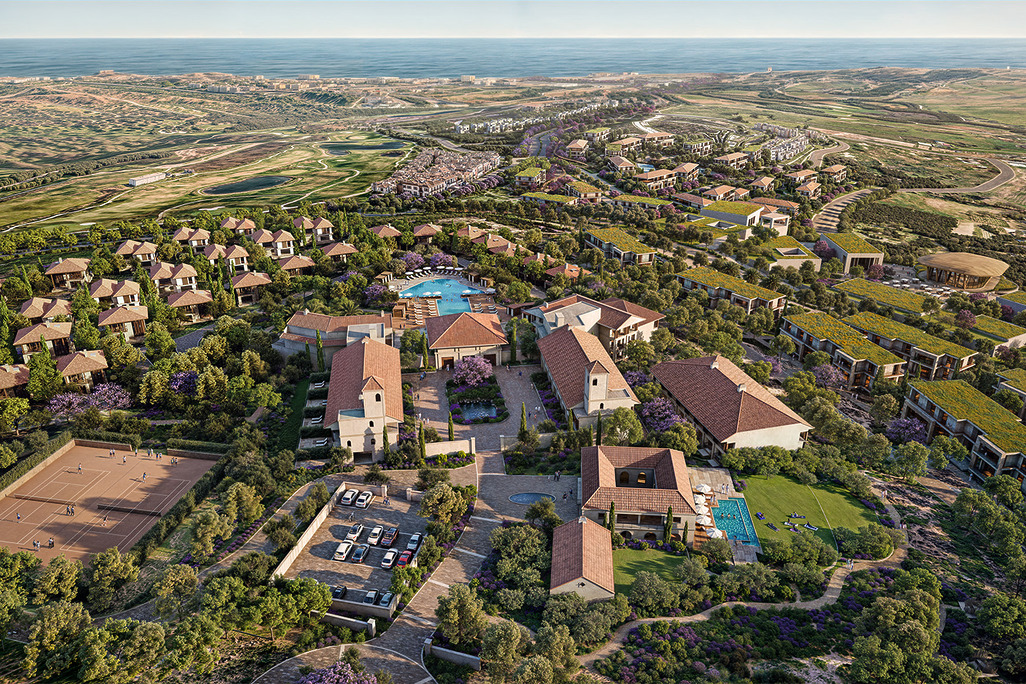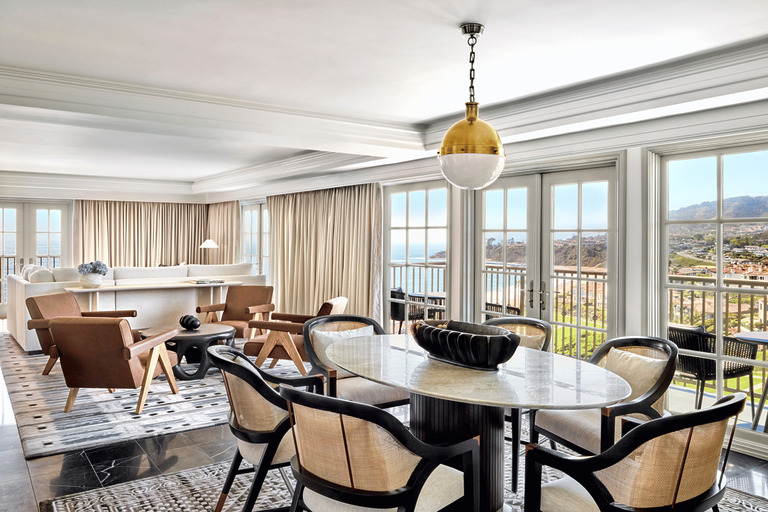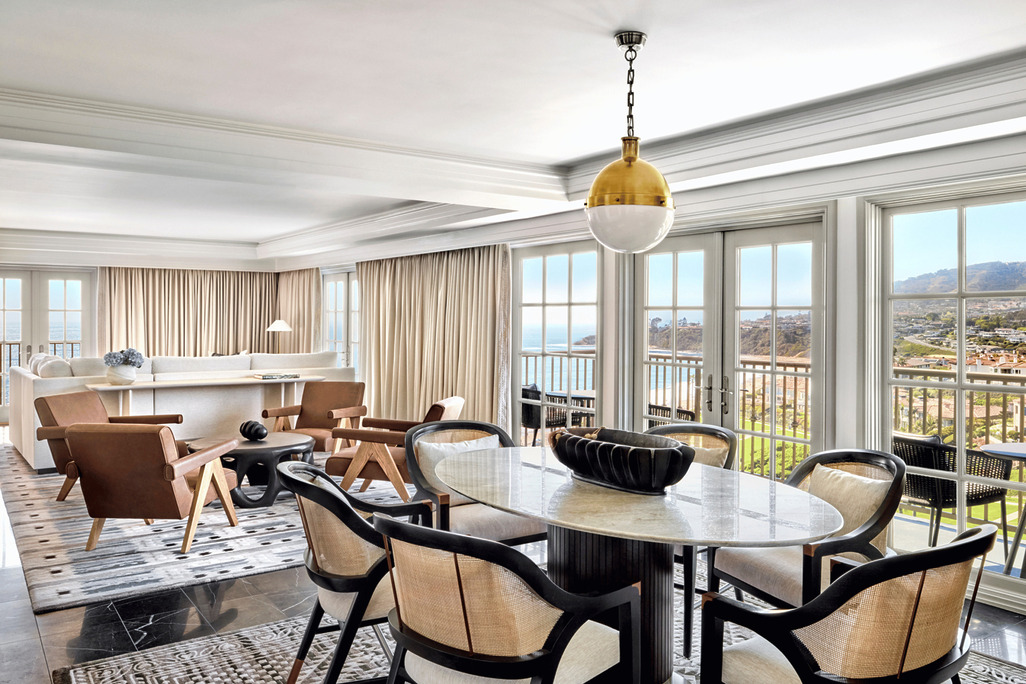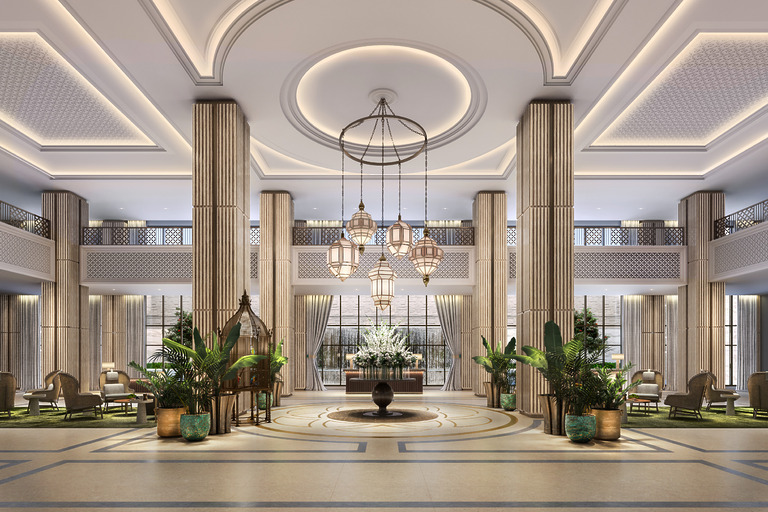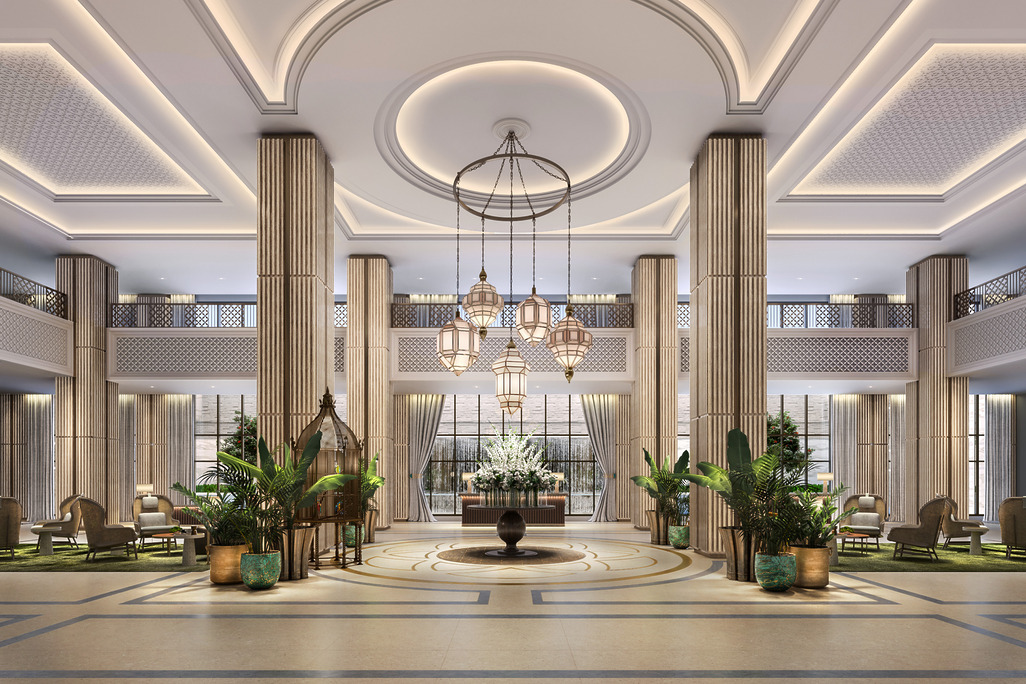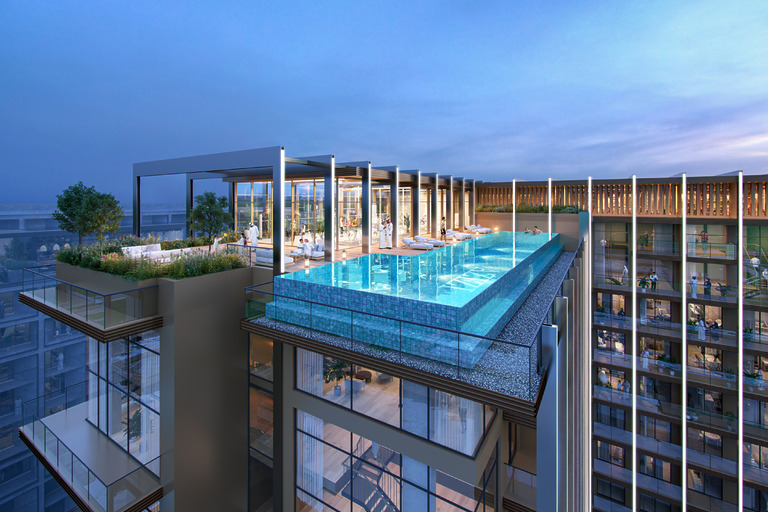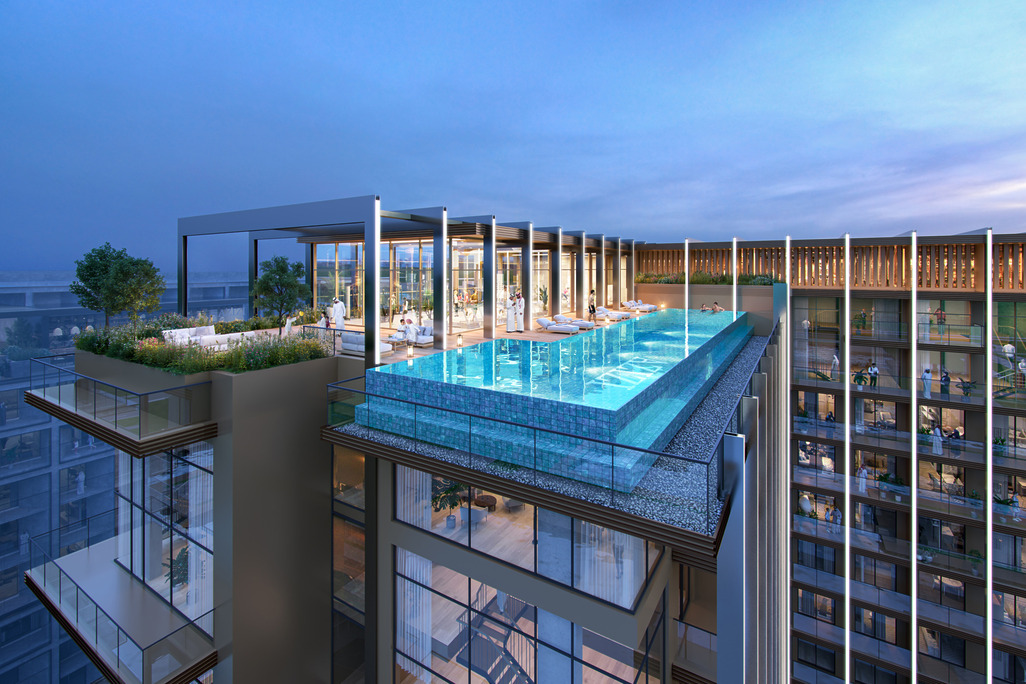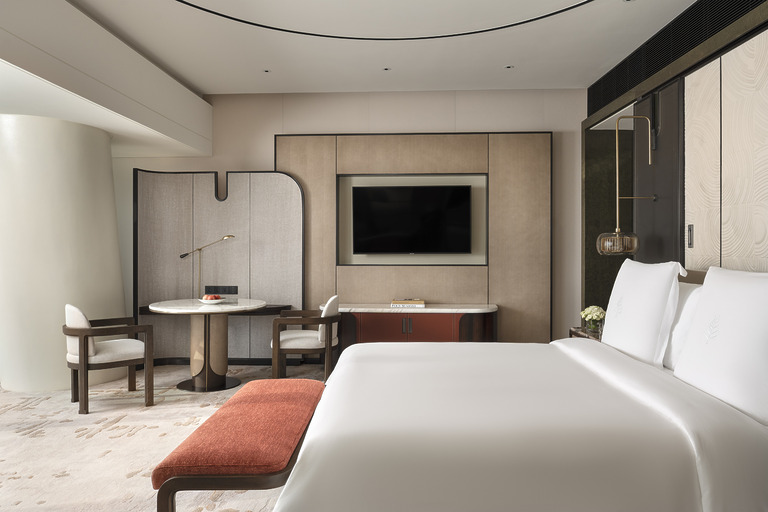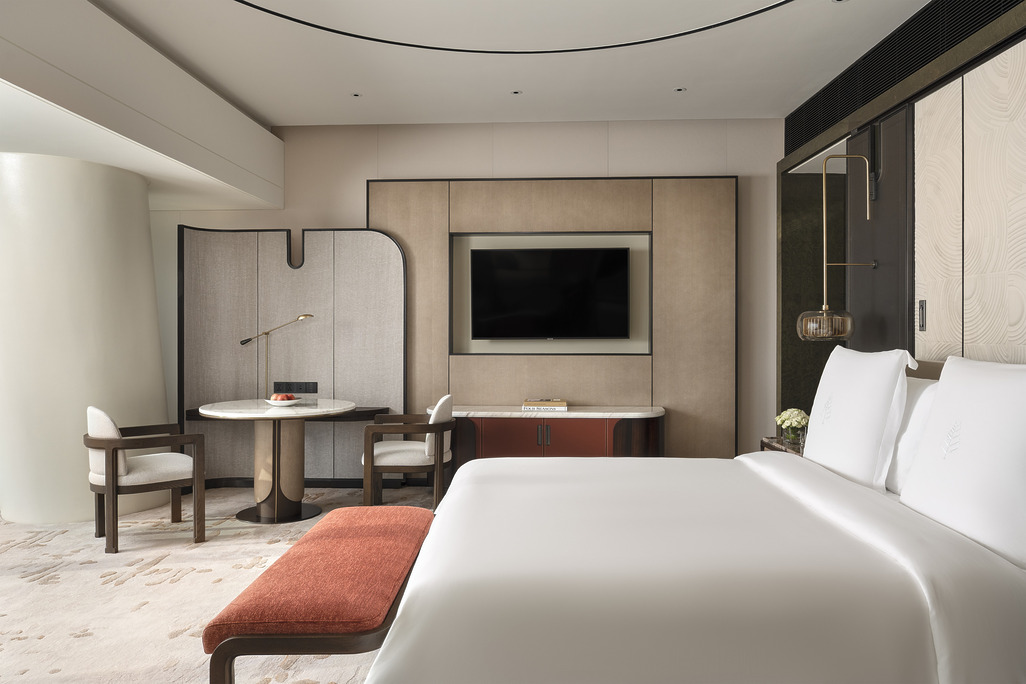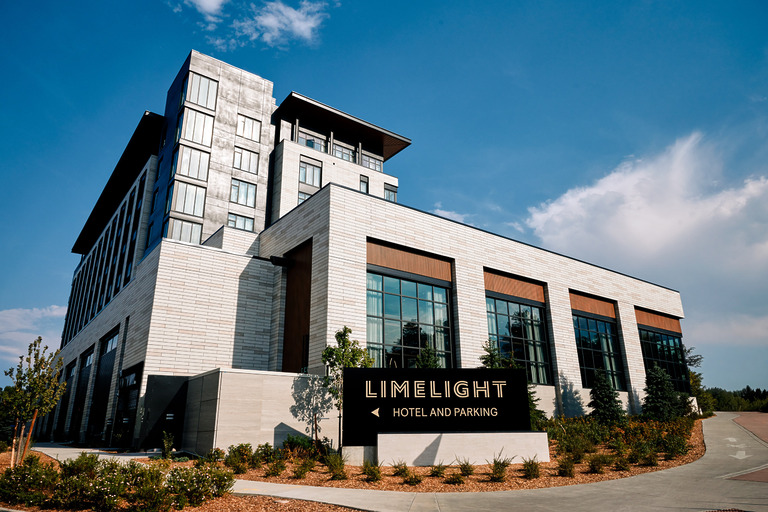
- North America
Designing the Future of Phu Quoc: A Balanced Vision for Tourism, Livability, and Sustainability
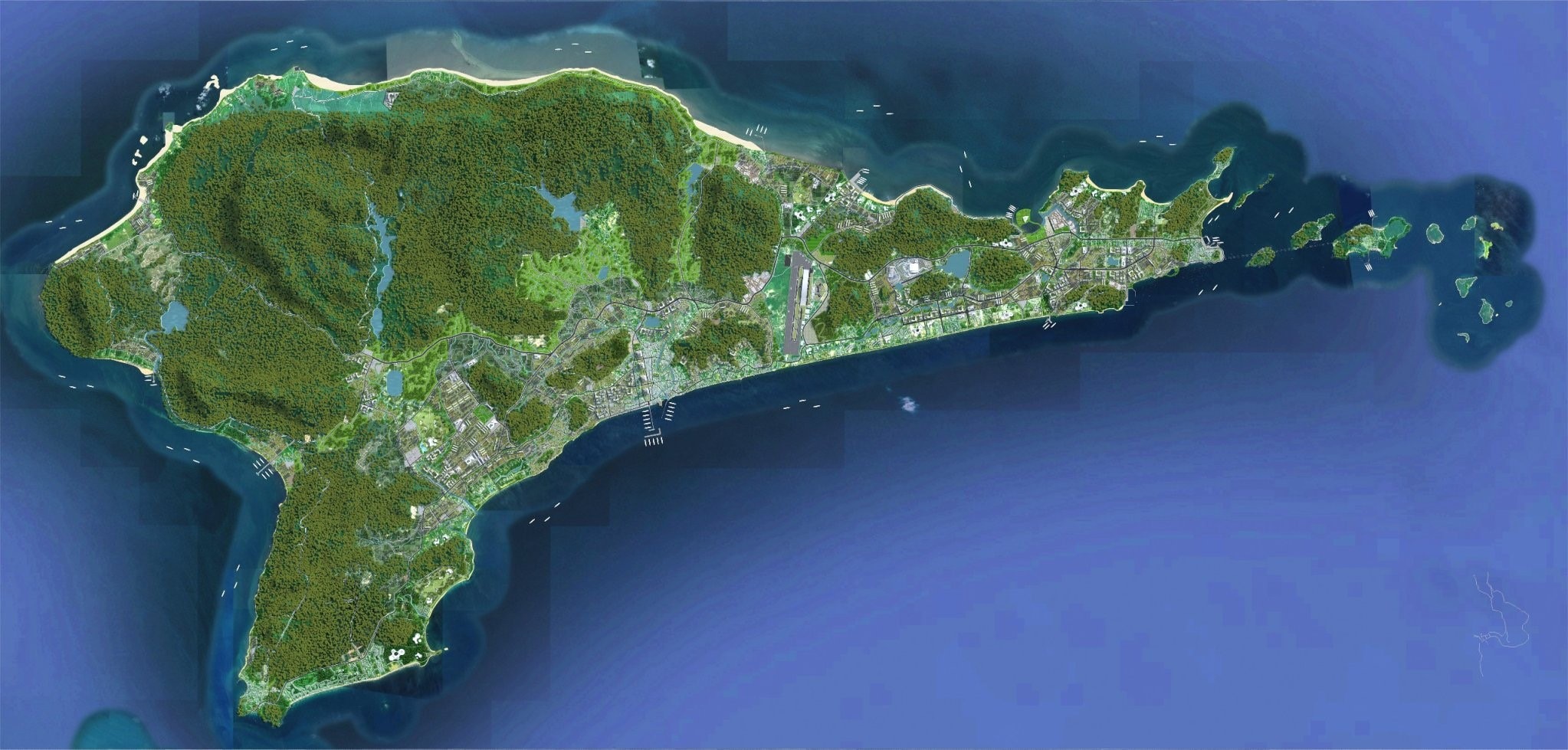
Phu Quoc, Vietnam
562 sq km
Master Planning
As a tropical island blessed with beautiful natural beaches, Phu Quoc Island has attracted keen attention from investors in recent years. With significant amount of capital pouring into the island, Phu Quoc has become an increasingly well known “sun, sea and sand” destination, enjoying more than 4 million visitors per year.
While Phu Quoc’s traditional beach tourism has been successful, other tourism potentials have not yet been tapped, such as its National Park and culturally rich towns. This Master Plan Revision, continuing WATG’s work in 2009 for the Phu Quoc Master Plan 2030, prioritises two of the island’s major assets for economic and spatial development towards 2040.
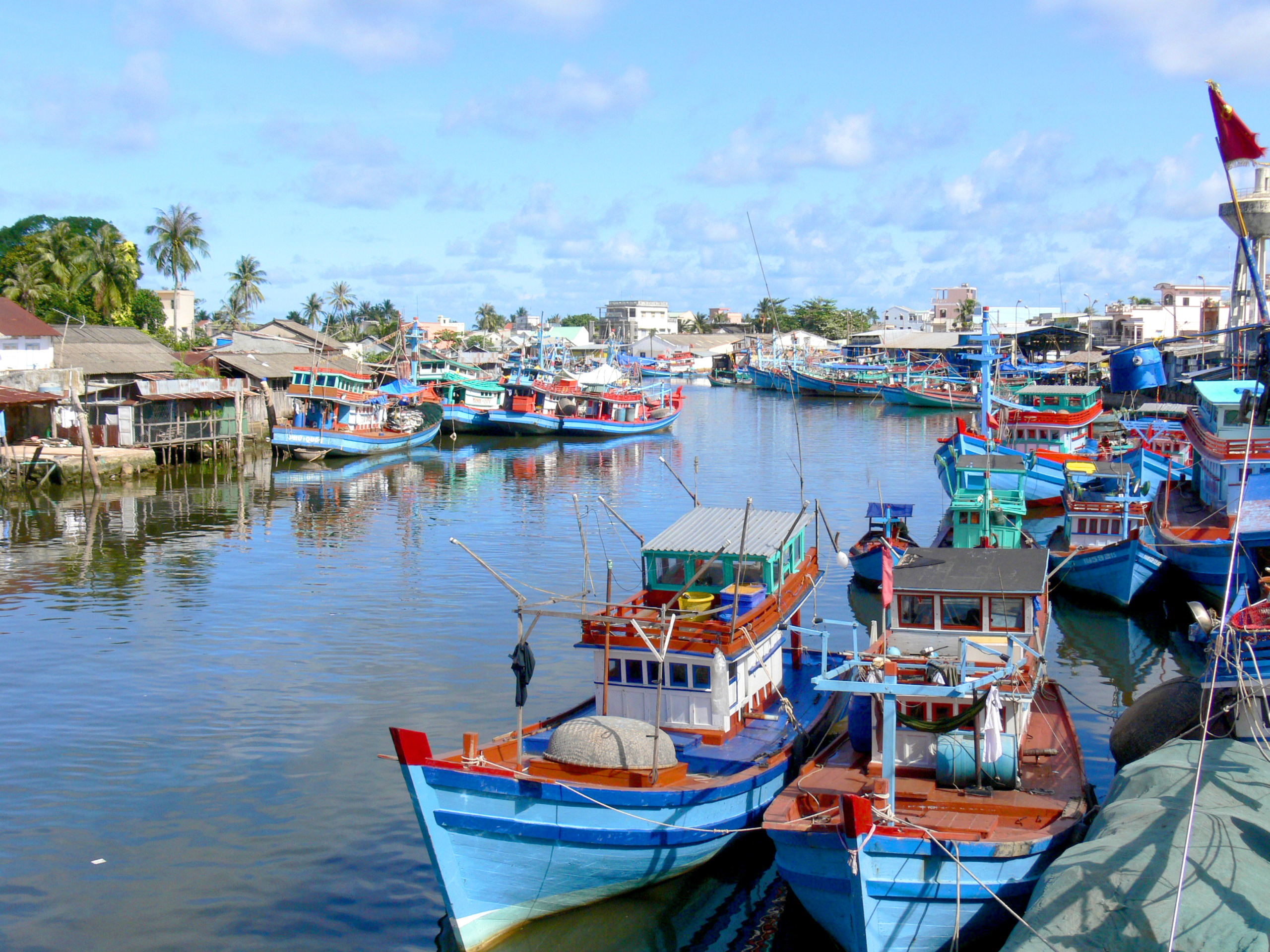
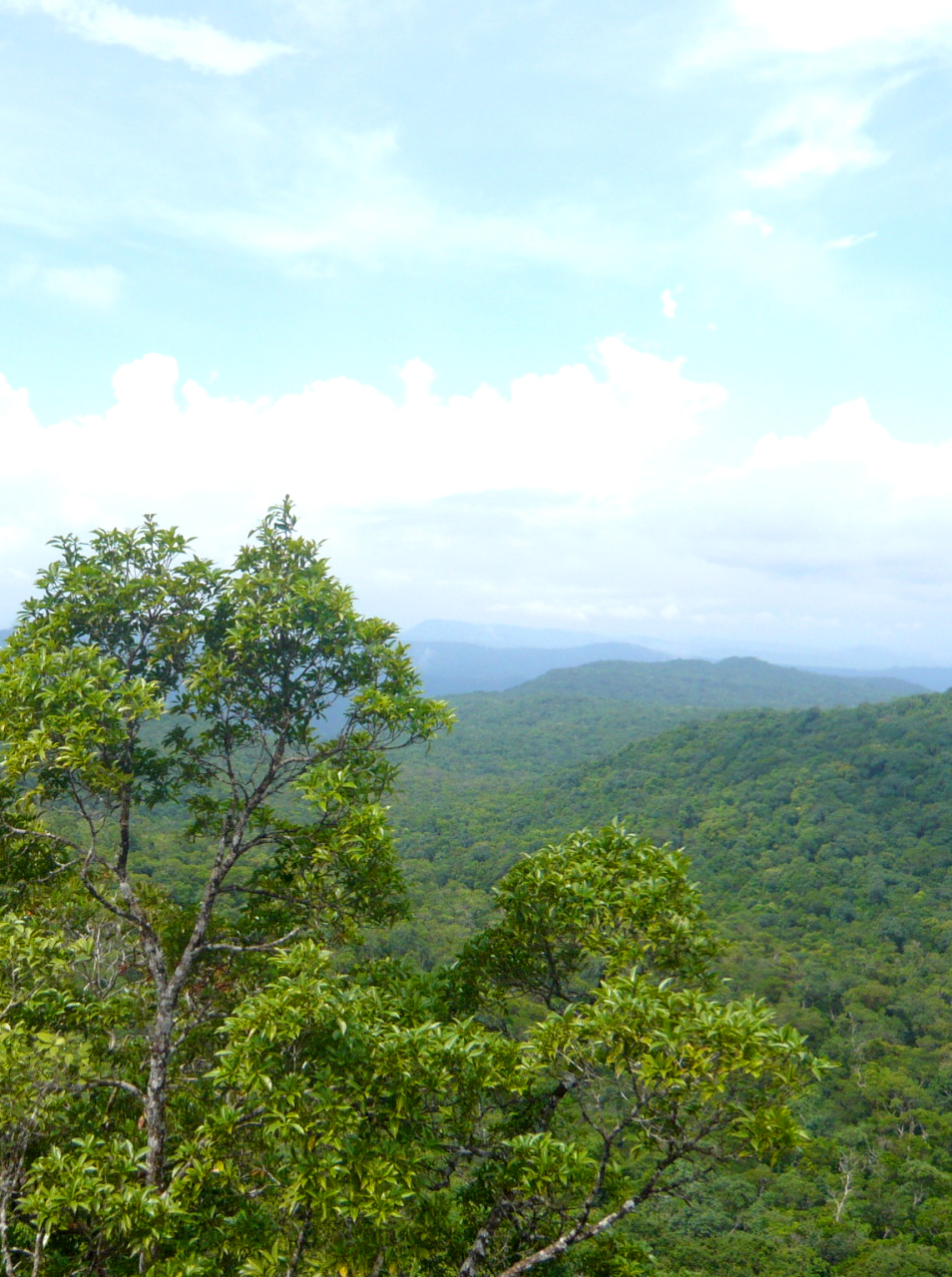
First, the WATG plan proposes additional investment opportunities to redevelop the island’s existing towns into vibrant, mixed-use destinations, offering a high quality of life to benefit visitors and permanent residents alike.
Second, the plan suggests unlocking the potential of Phu Quoc’s National Park, adding sustainable, nature-based tourism to a traditional beach destination
Unlocking the potential of Phu Quoc’s National Park by adding sustainable, nature-based tourism to a beach destination.
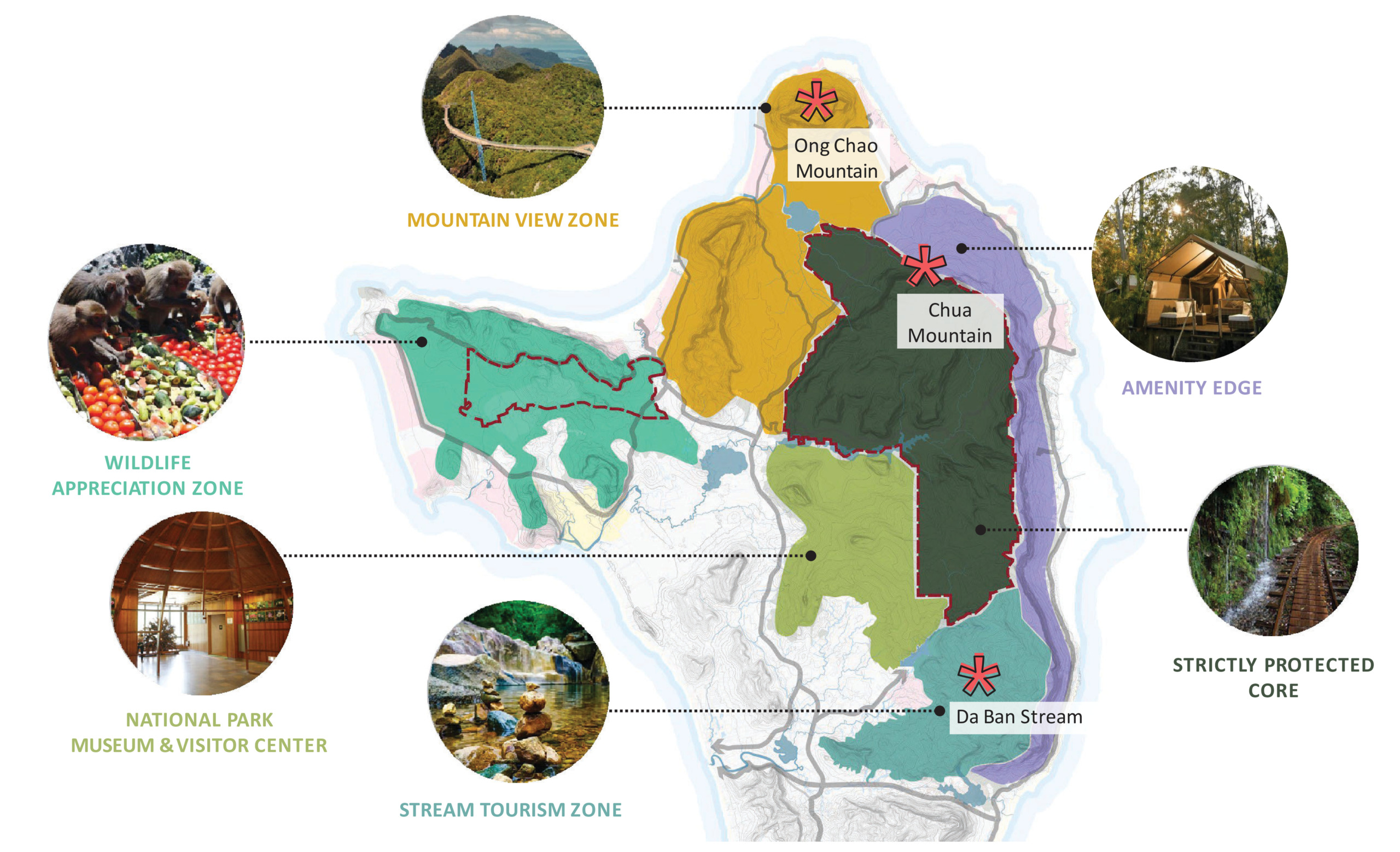
To support Phu Quoc’s goal of reaching 13.9 million annual visitors by 2040, the development strategy must be underpinned by substantial infrastructure investment. With 2019 airport capacity capped below 5 million, growth of this magnitude will not be viable without airport expansion and improved access. Long-term planning must align tourism ambition with phased infrastructure delivery to avoid bottlenecks and service gaps.
Equally important is addressing the imbalance between tourism labor demand and population size. A projected tourism workforce of over 300,000 far exceeds the island’s 2019 population of under 180,000. This calls for a more realistic demographic and economic approach—diversifying employment opportunities beyond hospitality and investing in affordable housing, healthcare, and education to attract and retain a balanced, year-round population.
Phu Quoc’s brand today remains fragmented and overly reliant on its beaches. The WATG plan recommends broadening the island’s identity by leveraging its rich cultural heritage, local craft industries, and natural environments. Celebrating elements like its pepper plantations, fish sauce heritage, and traditional villages can position the island as a more distinctive, all-season destination.
Broadening the island’s identity by leveraging its rich cultural heritage, local craft industries, and natural environments.
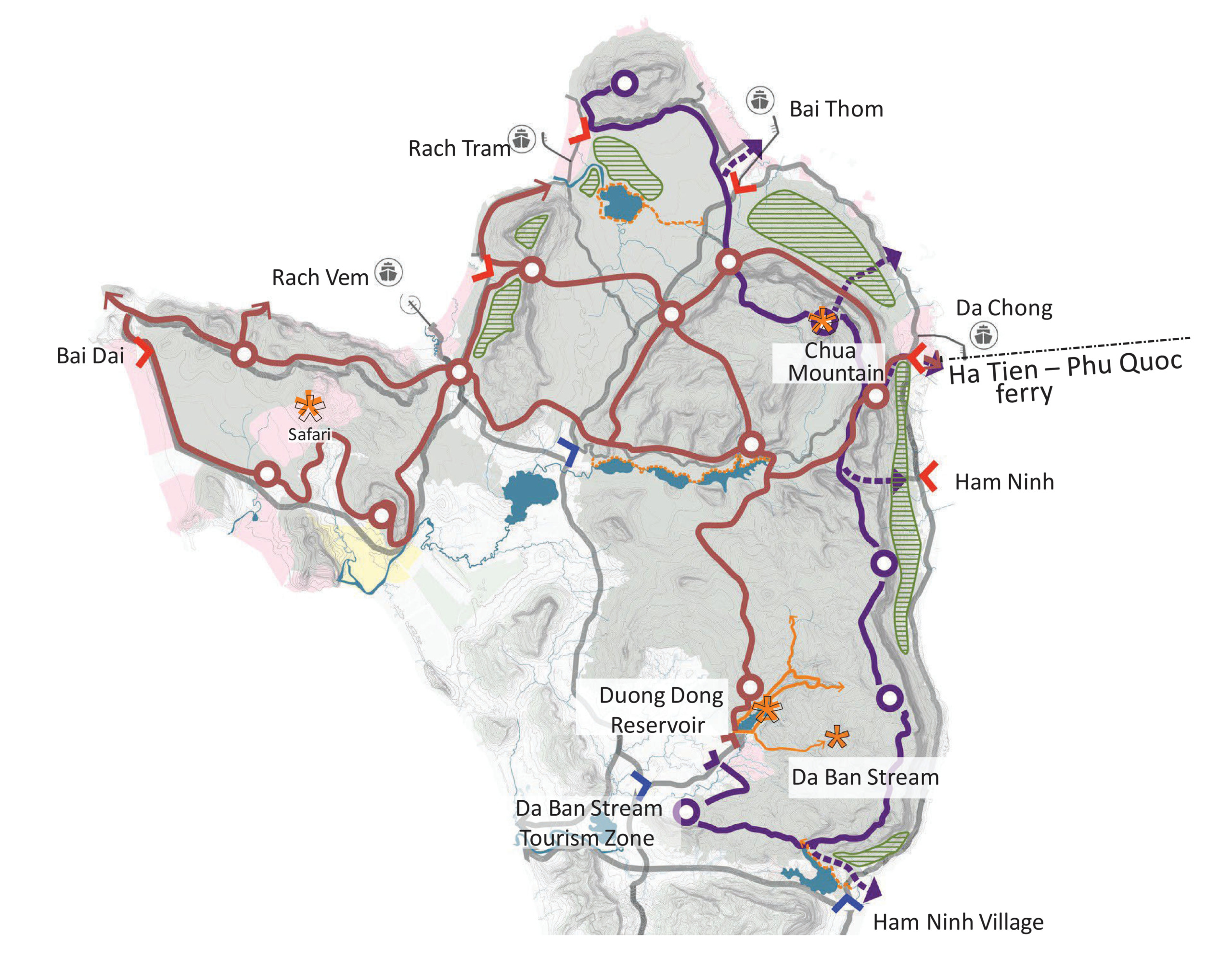
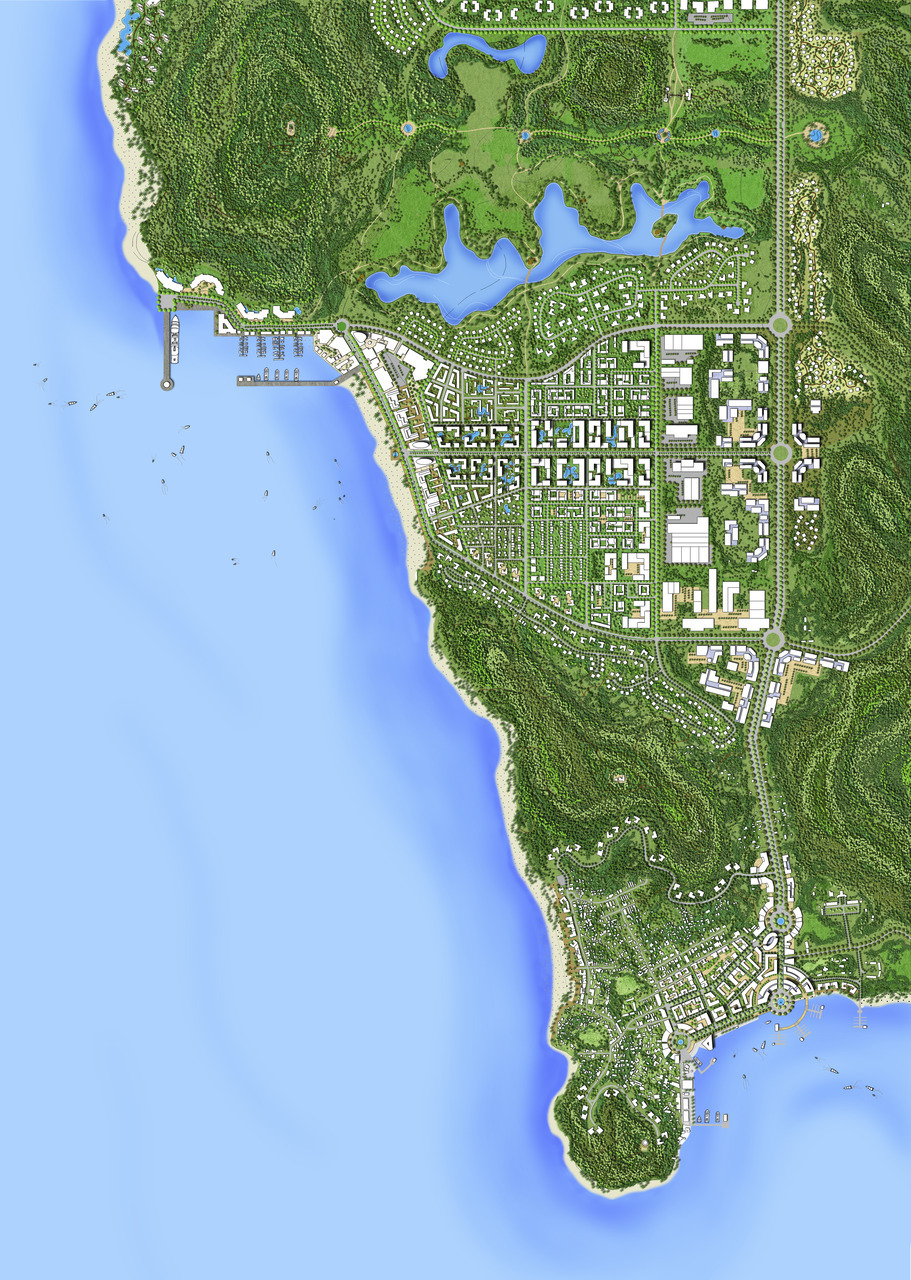
Environmental and climate concerns—ranging from coastal erosion and flooding to unmanaged waste—require a shift in how development interfaces with the landscape. WATG’s proposal introduces resilient planning frameworks, including green coastal buffers, eco-tourism clusters, and agri-tourism zones. These strategies aim to future-proof tourism growth while preserving ecological and cultural assets.
A key pillar of the design is town differentiation. Rather than allowing uncoordinated sprawl, the plan proposes distinct characters and functions for each urban center—such as an international tourism port in An Thoi, a wellness and lifestyle hub in Cua Can, a civic and cultural core in Duong Dong, and a mixed-use beachfront in Bai Truong. This approach avoids over-development, enhances visitor variety, and promotes balanced density across the island.
Finally, for long-term success, tourism development must be supported by enabling policy and investment in both hard and soft infrastructure. This includes water and power systems, but also critical social infrastructure such as schools, workforce training centers, and healthcare. A proposed Tourism School will serve as a pipeline for talent, helping to build the “human infrastructure” that underpins hospitality excellence.
Resilient planning frameworks, including green coastal buffers, eco-tourism clusters, and agri-tourism zones.
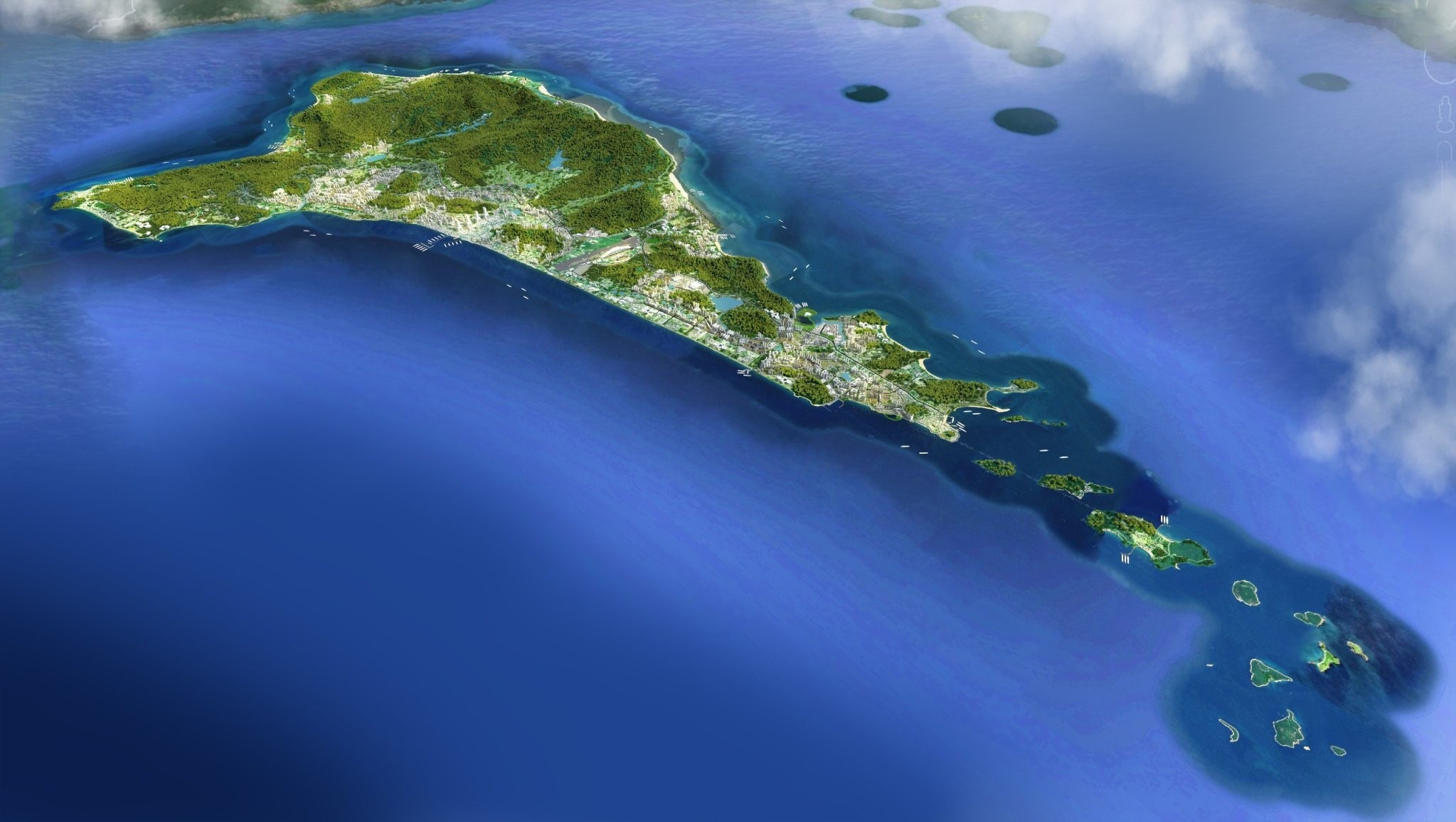
Vibrant, mixed-use urban centers and diversified tourism economy, remaining firmly committed to environmental stewardship and high quality of life.
Ultimately, the vision for Phu Quoc is to evolve into an attractive, livable community—one animated by vibrant, mixed-use urban centers and a diversified tourism economy, while remaining firmly committed to environmental stewardship and a high quality of life for both residents and visitors.
WATG’s work on the Master Plan affirms that the true measure of tourism success extends beyond arrival numbers. It lies in the alignment of infrastructure capacity, urban planning, local community needs, and a compelling, authentic brand. Through thoughtful urbanism and strategic investment, Phu Quoc can chart a sustainable path forward—one that balances growth with preservation, and economic ambition with long-term resilience.
More Projects

